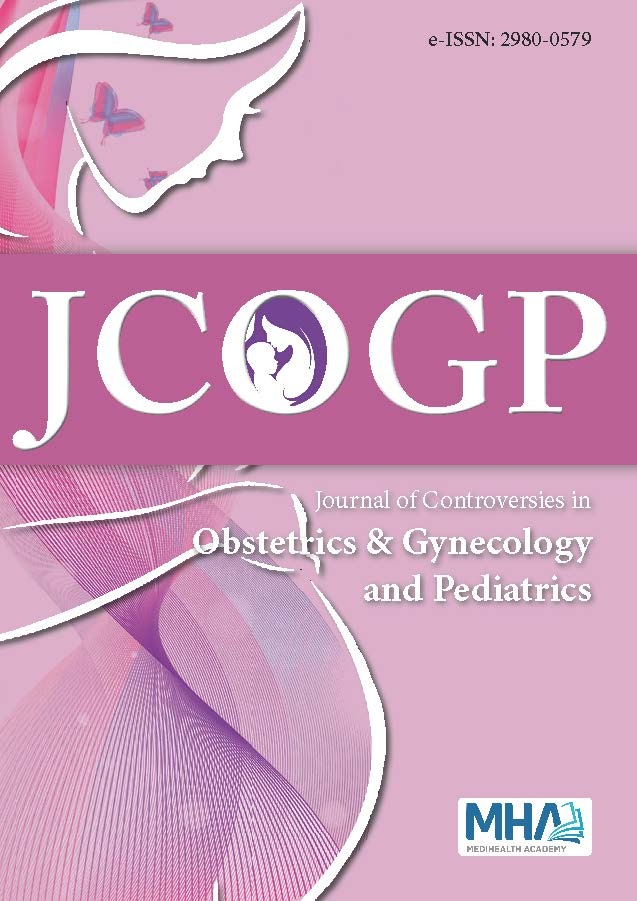1. Momenimovahed Z, Tiznobaik A, Taheri S, Salehiniya H. Ovariancancer in the world: epidemiology and risk factors. Int J WomensHealth. 2019;30:(11)287-299.
2. Torre LA. Ovarian cancer statistics. Cancer J. Clin. 2018;68:284-296.
3. Van Calster. Evaluating the risk of ovarian cancer before surgeryusing the ADNEX model to differentiate between benign, borderline,early and advanced stage invasive, and secondary metastatic tumours:prospective multicentre diagnostic study. Bmj. 2014;15:349.
4. Shan D, Cheng S, Ma Y, Peng H. Serum levels of tumor markers andtheir clinical significance in epithelial ovarian cancer. Zhong Nan DaXue Xue Bao Yi Xue Ban. 2023;48(7):1039-1049.
5. Arezzo F, Loizzi V, La Forgia D, et al. The role of ultrasound guidedsampling procedures in the diagnosis of pelvic masses:a narrativereview of the literature. Diagnostics. 2021;11(12):2204. .
6. Berek JS, Renz M, Kehoe S, Kumar L, Friedlander M. Cancer of theovary, fallopian tube, and peritoneum: 2021 update. Int J GynaecolObstet. 2021;1:61-85.
7. M. A. Roett and P. Evans, “Ovarian cancer: an overview,” Am FamPhysician. 2009;6:609-616.
8. T. Edirne, F. Soylu, D. Güldal, and L. Çamlı. Over tümörlerininepidemiyolojik özellikleri, Türk Aile Hek Derg. 2002;6(1):24-28.
9. Lurie PJ. Thompson KE, McDuffie ME, Carney MT. Goodman. Prediagnostic symptoms of ovarian carcinoma: a case-control study.Gynecol Oncol. 2009;114(2):231-236
10. Givens V, Mitchell GE. Diagnosis and management of adnexal masses.Am Fam Physician. 2009;80:815.
11. Vine MF, Calingaert B, Berchuck A, Schildkraut JM. Characterizationof prediagnostic symptoms among primary epithelial ovarian cancercases and controls. Gynecol Oncol. 2003;90(1):75-82
12. Reid BM, Permuth JB, Sellers TA. Epidemiology of ovarian cancer: areview. Cancer Biol Med. 2017;14(1):9-32.
13. Yoshida H, Tanaka H, Tsukada T, et al. Diagnostic discordance inintraoperative frozen section diagnosis of ovarian tumors: a literaturereview and analysis of 871 cases treated at a Japanese cancer center.Int JSurg Pathol. 2021;29(1):30-38.
14. F. Zaiem, Deirawan H. Accuracy and reproducibility of frozen sectiondiagnosis ino tumors: a 10-year experience at a tertiary cancer center.Arch Pathol Lab Med. 2022;146(5):626-631
15. De Decker K. Borderline ovarian tumor frozen section diagnoses withfeatures suspicious of invasive cancer: a retrospective study. J OvarianRes.2021;14(1):139.
16. Özkan, NT, Kadıoğlu N, Timur B, Meydanlı MM. Plazma D Dimerdüzeyinin yüksek dereceli seröz over kanseri olan olgularda prognostikverilerle olan ilişkisi.Gümüşhane Üniversitesi Sağlık Bilimleri Derg.2022;11(1):153-157.
17. Başer Açıkgöz R, Harma M. Pelvik kitlelerin malignite riskideğerlendirilmesinde kanser antijeni 125 (Ca 125), human epididymisprotein 4 (HE4), soluble mesothelin-related protein (SMRP) vefolat reseptör alfa (FOLRα) ölçümünün yeri. Med J West Black Sea.2018;2(3):208-16.
18. S. Ivanov. Epithelial ovarian cancer--preoperative assessment ofCa 125 levels as an independent prognostic factor. Akush Ginekol.2003;42(3)16-19
19. Modarres-Gilani F. Ghaemmaghami S. Ansaripoor MSF. CANpreoperatıve Ca-125 predıct resectabılıty of tumor in patıents withadvanced epıthelıal ovarıan carcınoma? Acta Med. 2004;1:419-423
20. Chi DS. What is the optimal goal of primary cytoreductive surgery forbulky stage IIIC epithelial ovarian carcinoma (EOC). Gynecol Oncol.2006;103(2)559-564
21. Li AJ, Madden AC, Cass I, et al. The prognostic significance ofthrombocytosis in epithelial ovarian carcinoma. Gynecol Oncol.2004;92(1):211-214.
22. Aletti GD. Aggressive surgical effort and improved survival inadvanced-stage ovarian cancer. Obstet Gynecol. 2006;107(1):77-85.
23. Powless CA, Aletti GD, Bakkum Gamez JN, Cliby WA. Risk factorsfor lymph node metastasis in apparent early-stage epithelial ovariancancer: implications for surgical staging.Gynecol Oncol.2011;122:536-540
24. Heitz F, Harter P, Ataseven B, et al. Stage- and histologic subtype-dependent frequency of lymph node metastases in patients withepithelial ovarian cancer undergoing systematic pelvic and paraaorticlymphadenectomy.Ann Surg Oncol.2018;25:2053-2059.
25. Harter P, Gnauert K, Hils R, et al. Pattern and clinical predictors oflymph node metastases in epithelial ovarian cancer.Int J GynecolCancer.2007;17:1238-1244.
26. Kipps E, Tan DS, Kaye SB. Meeting the challenge of ascites in ovarian cancer: new avenues for therapy and research. <em>Nat. Rev. Cancer</em>. 2013;13(4):273-282.
27. Ford CE, Werner B, Hacker NF, Warton K. The untapped potential of ascites in ovarian cancer research and treatment. <em>Br. J. Cancer</em>. 2020;123:9-16.

